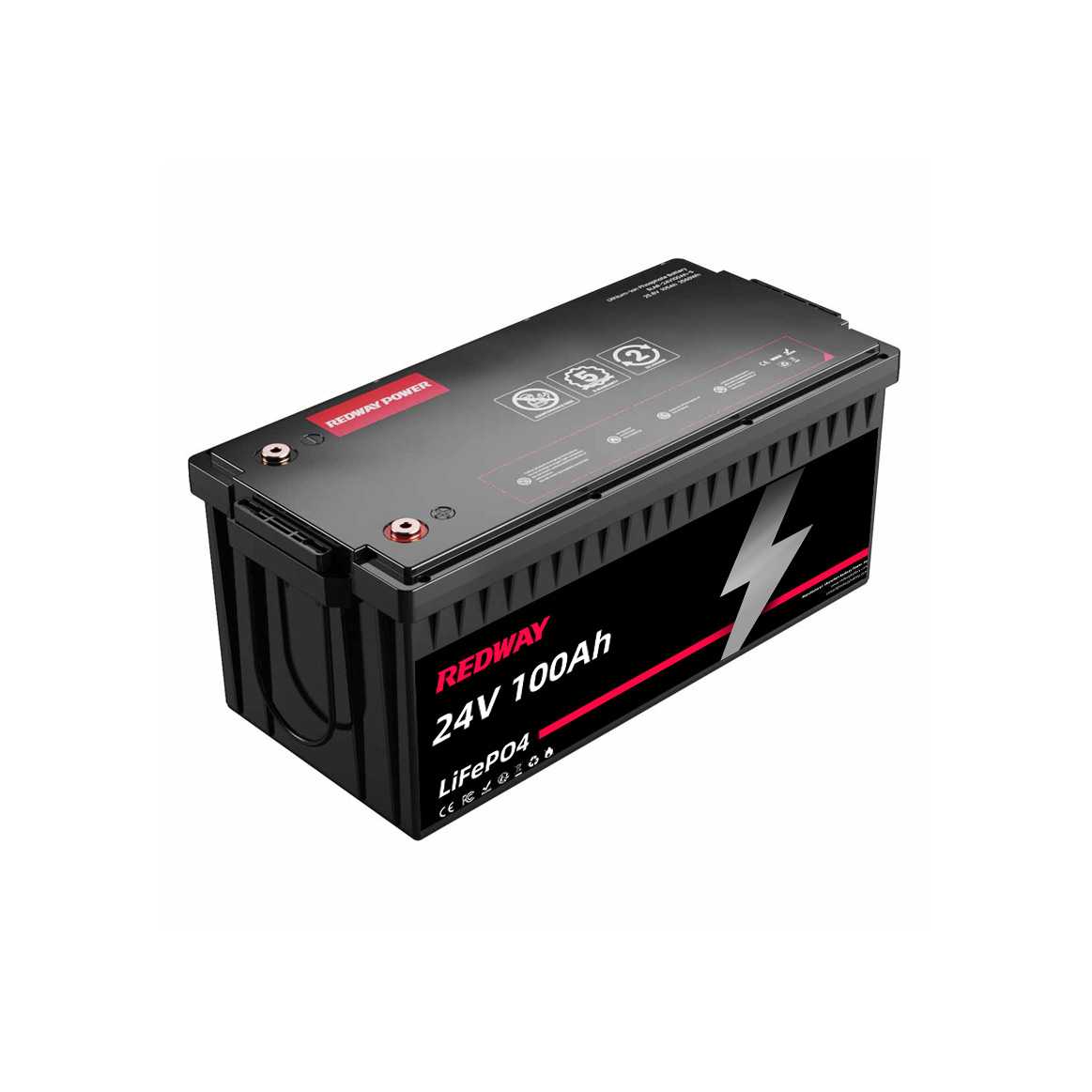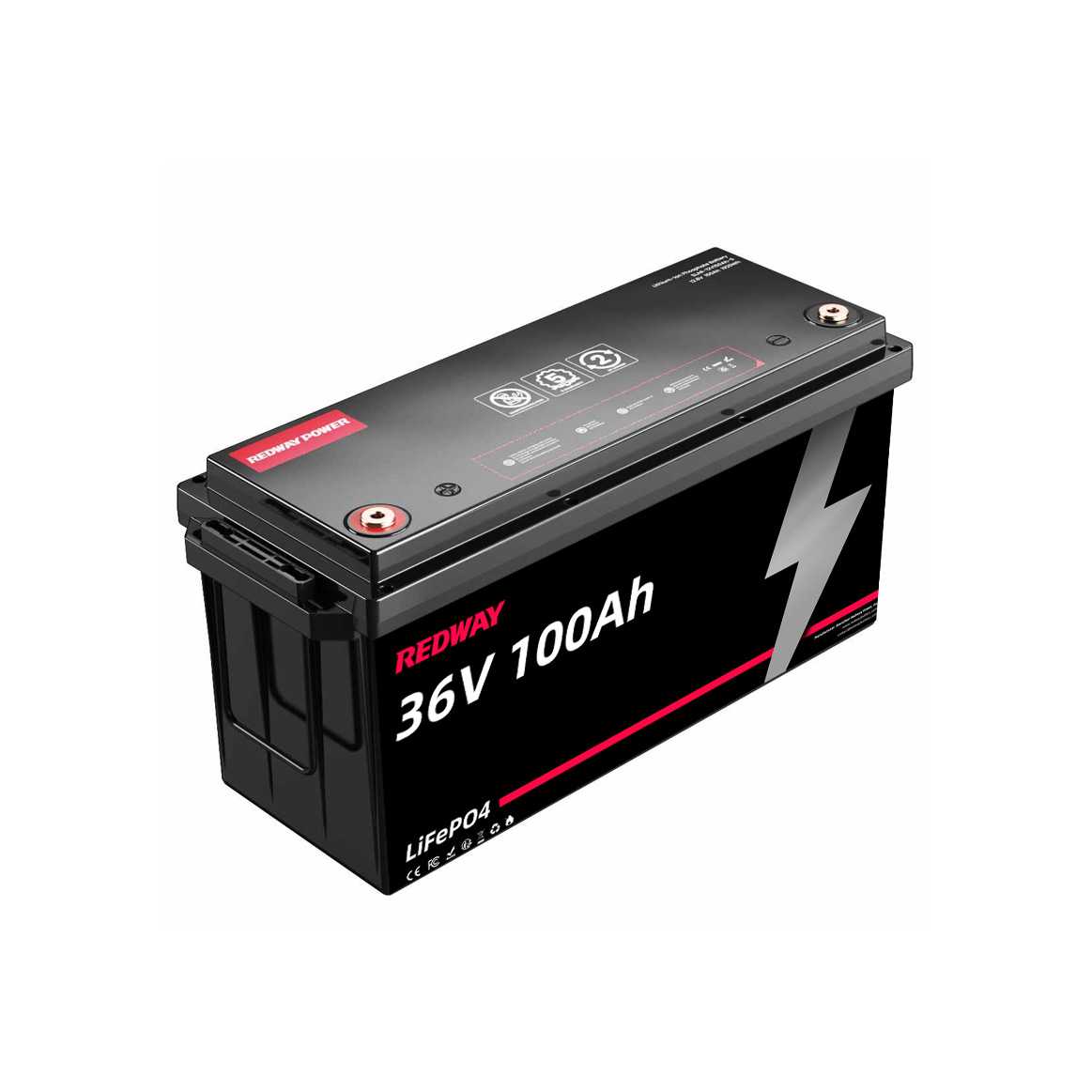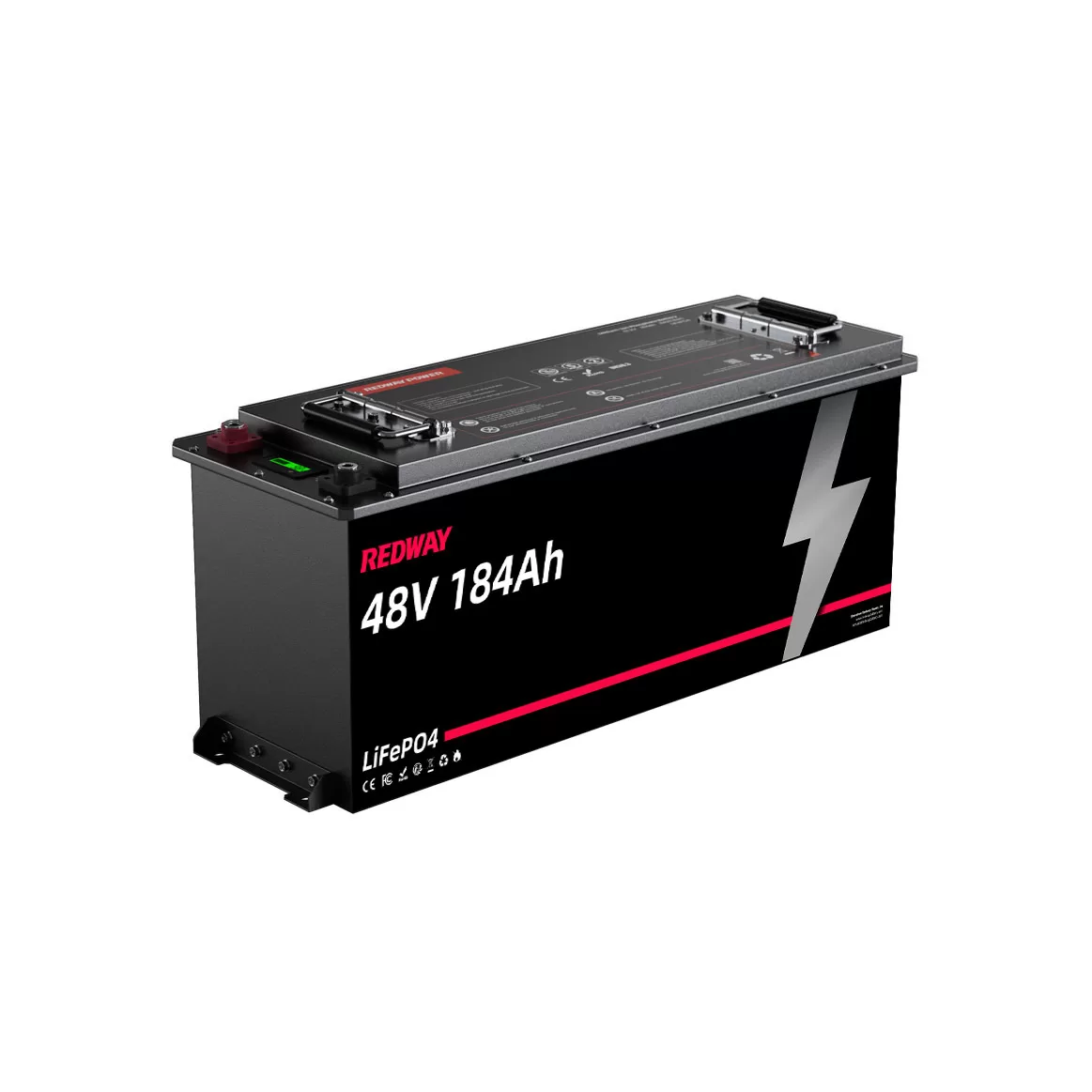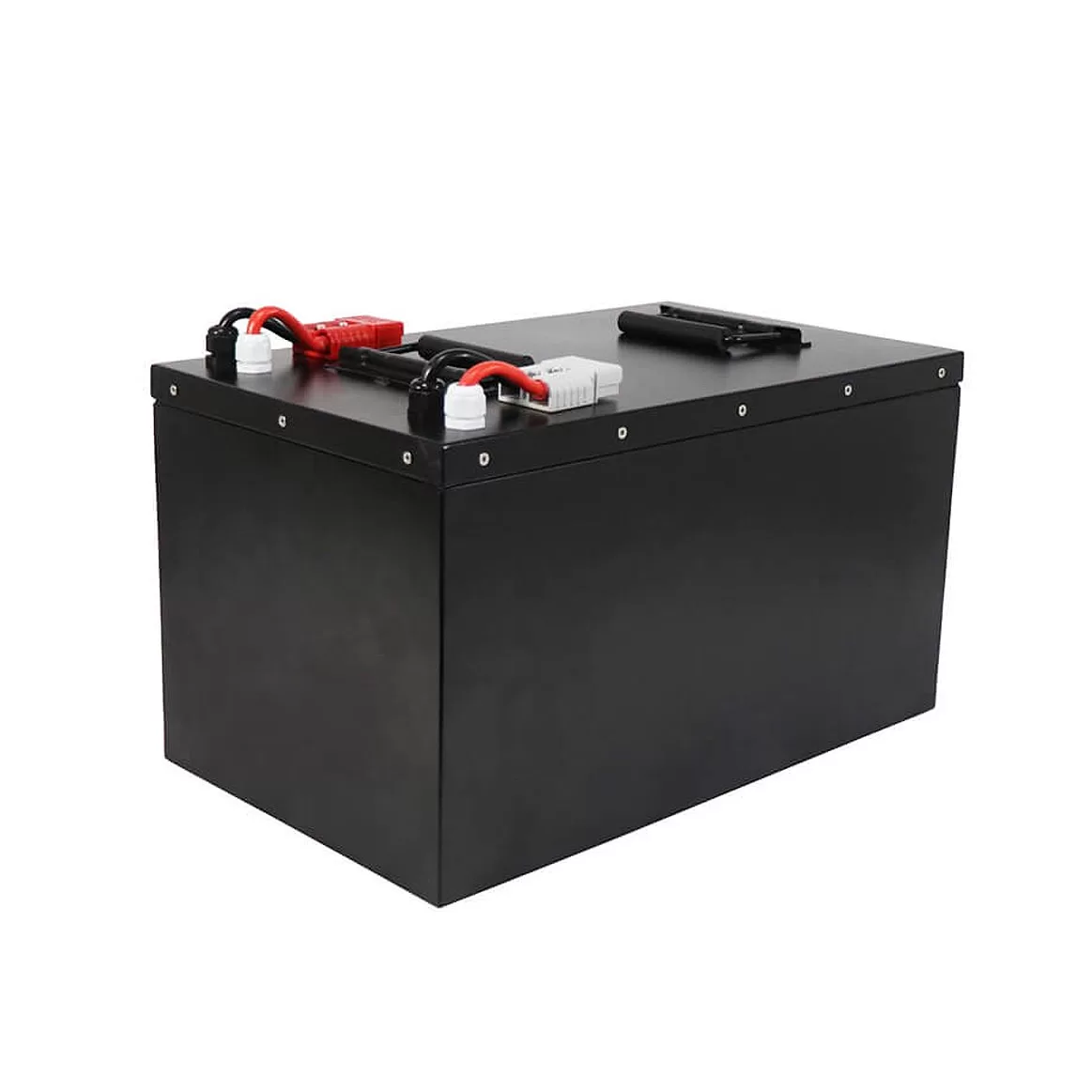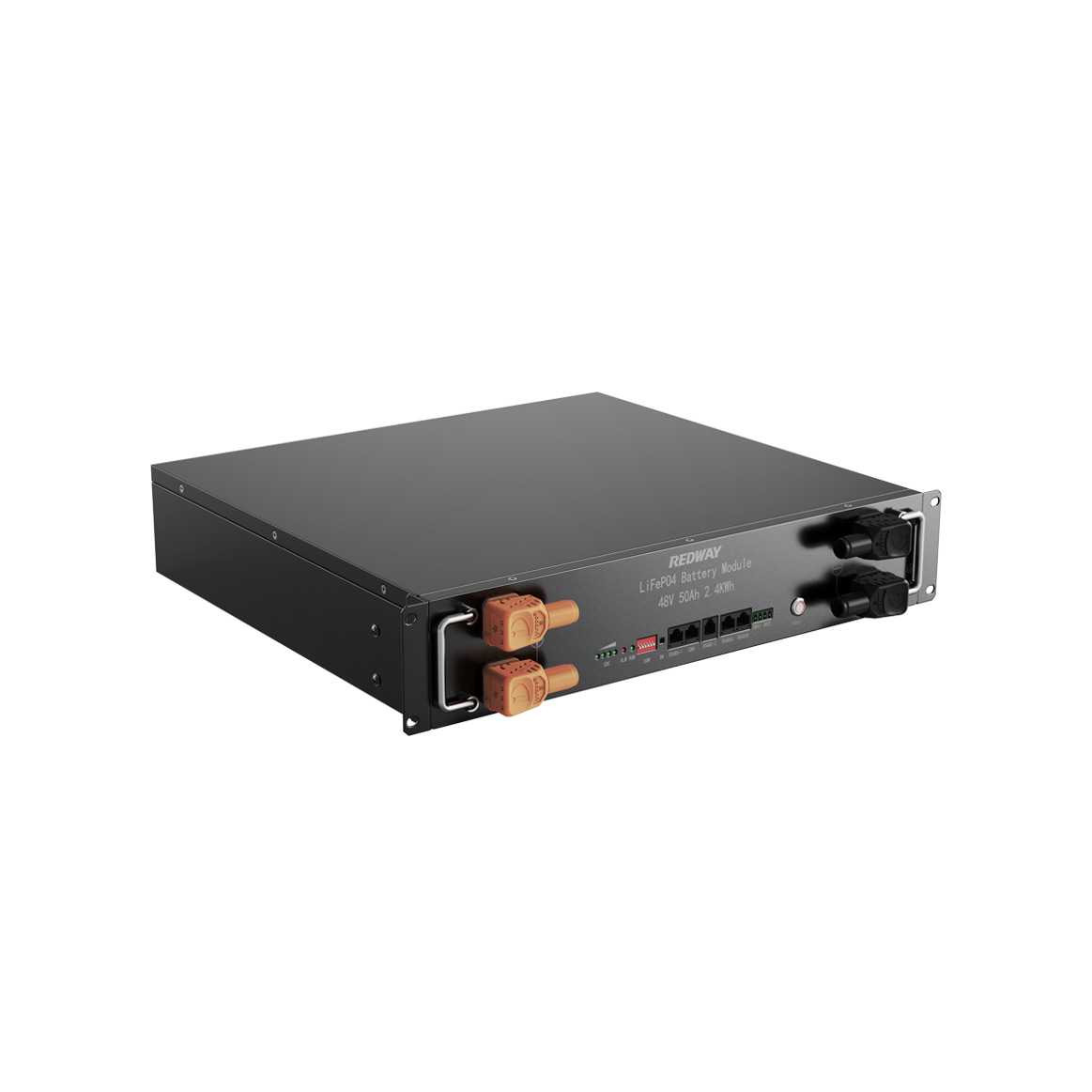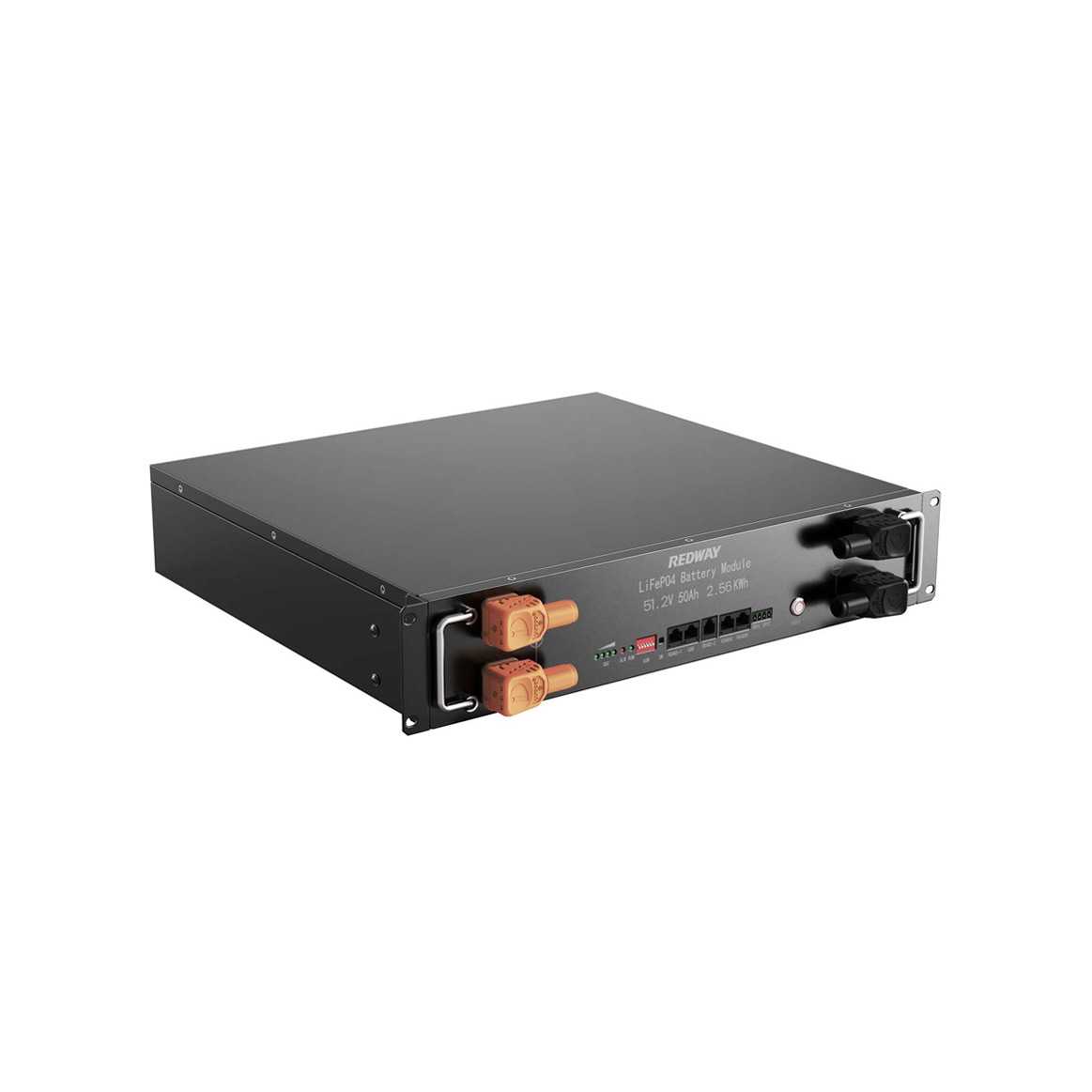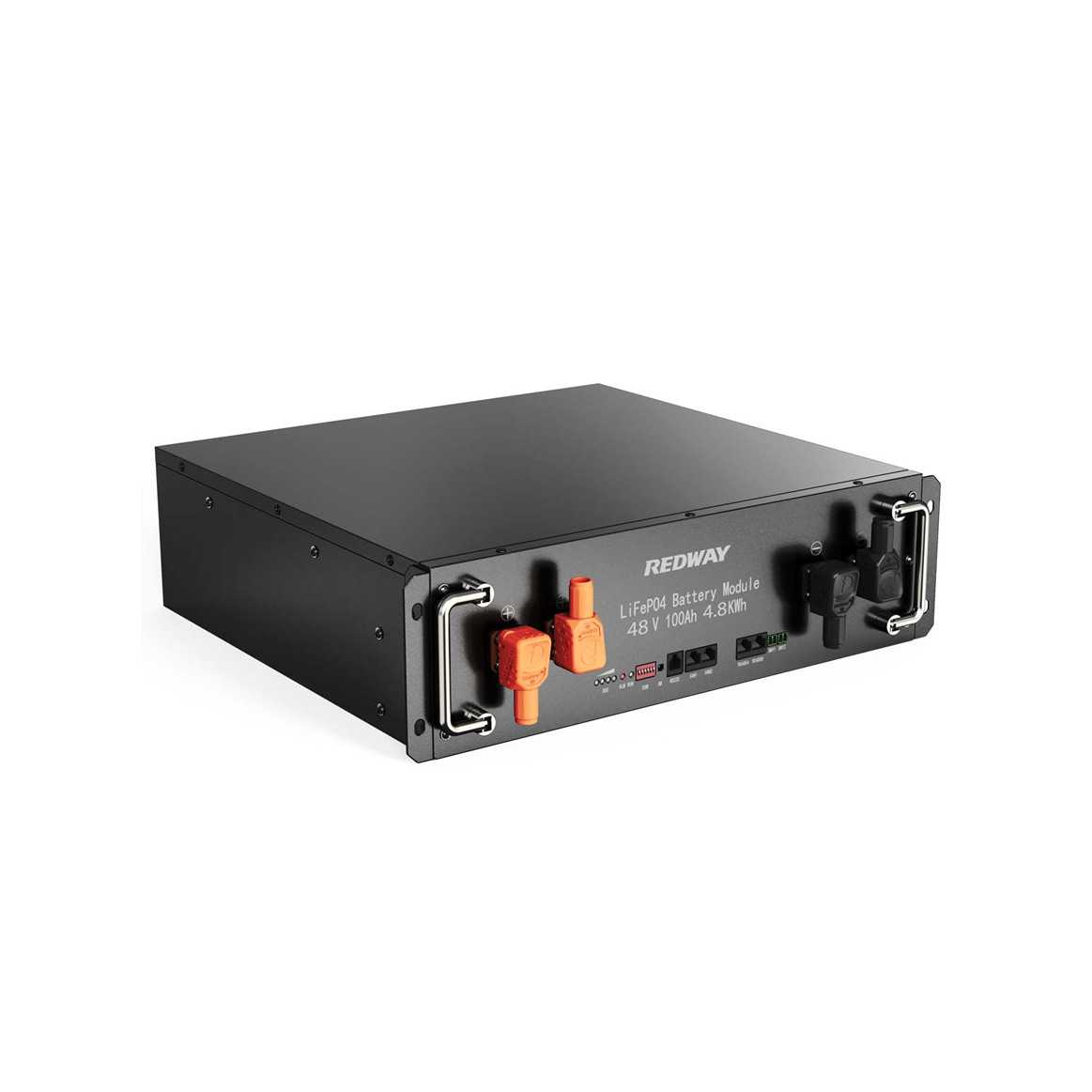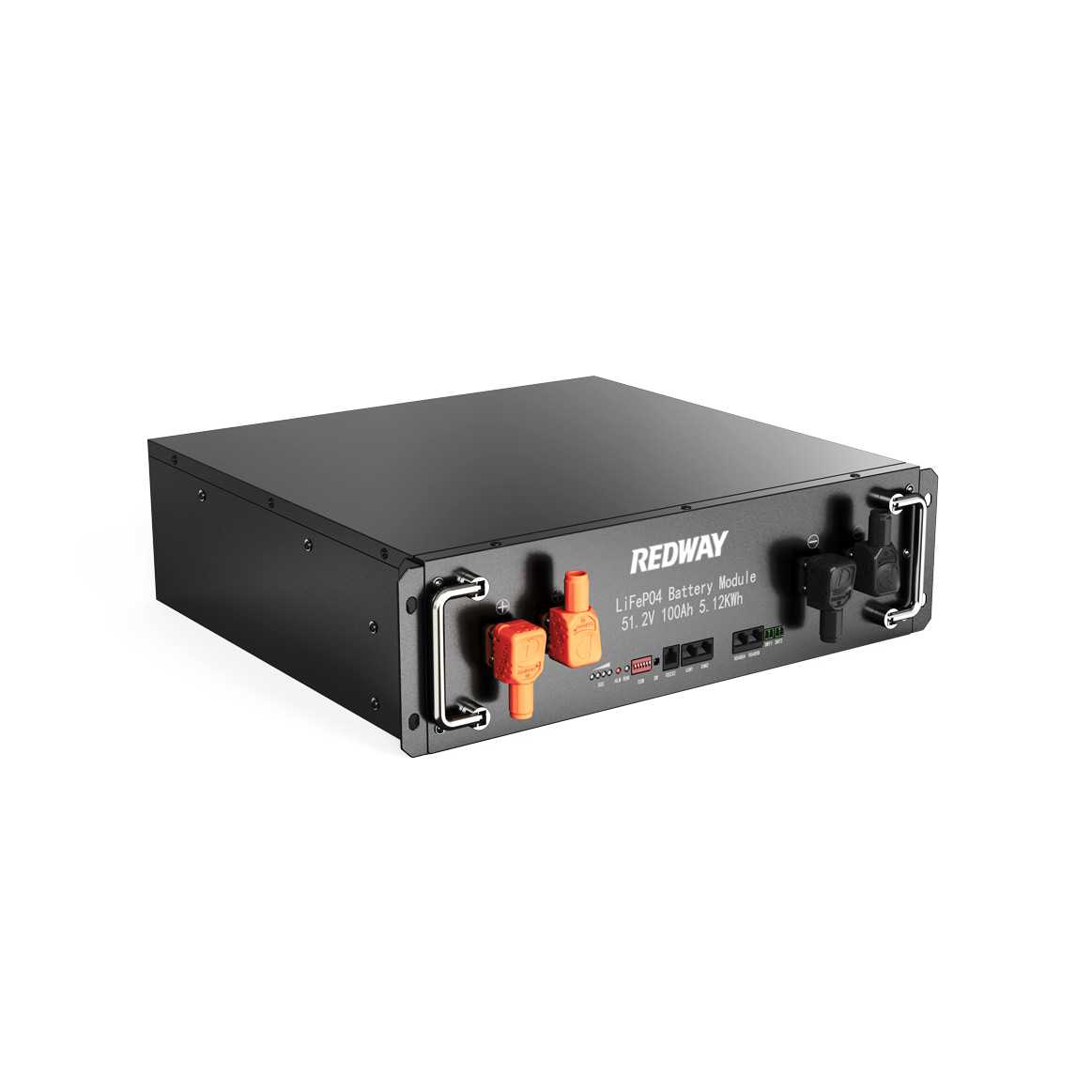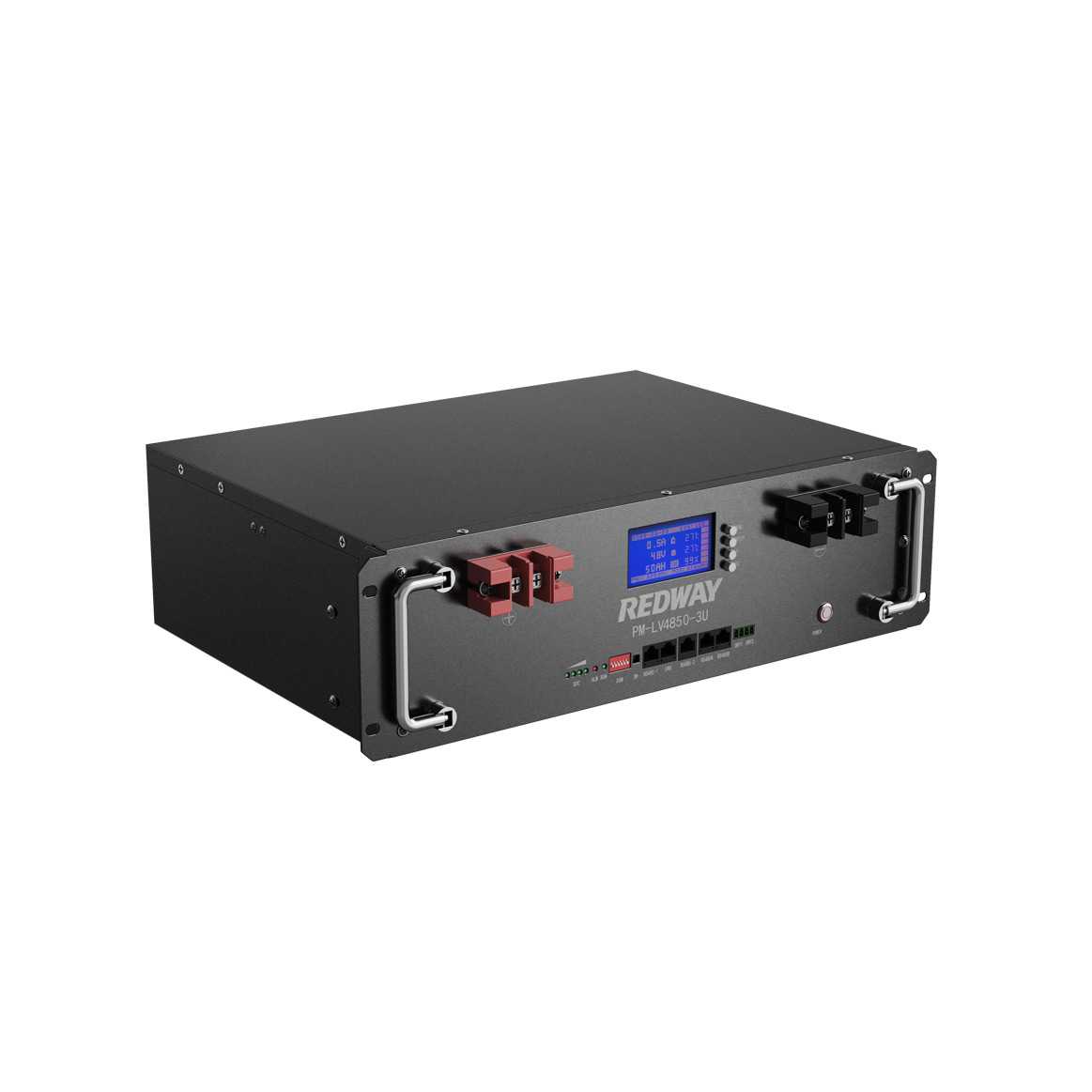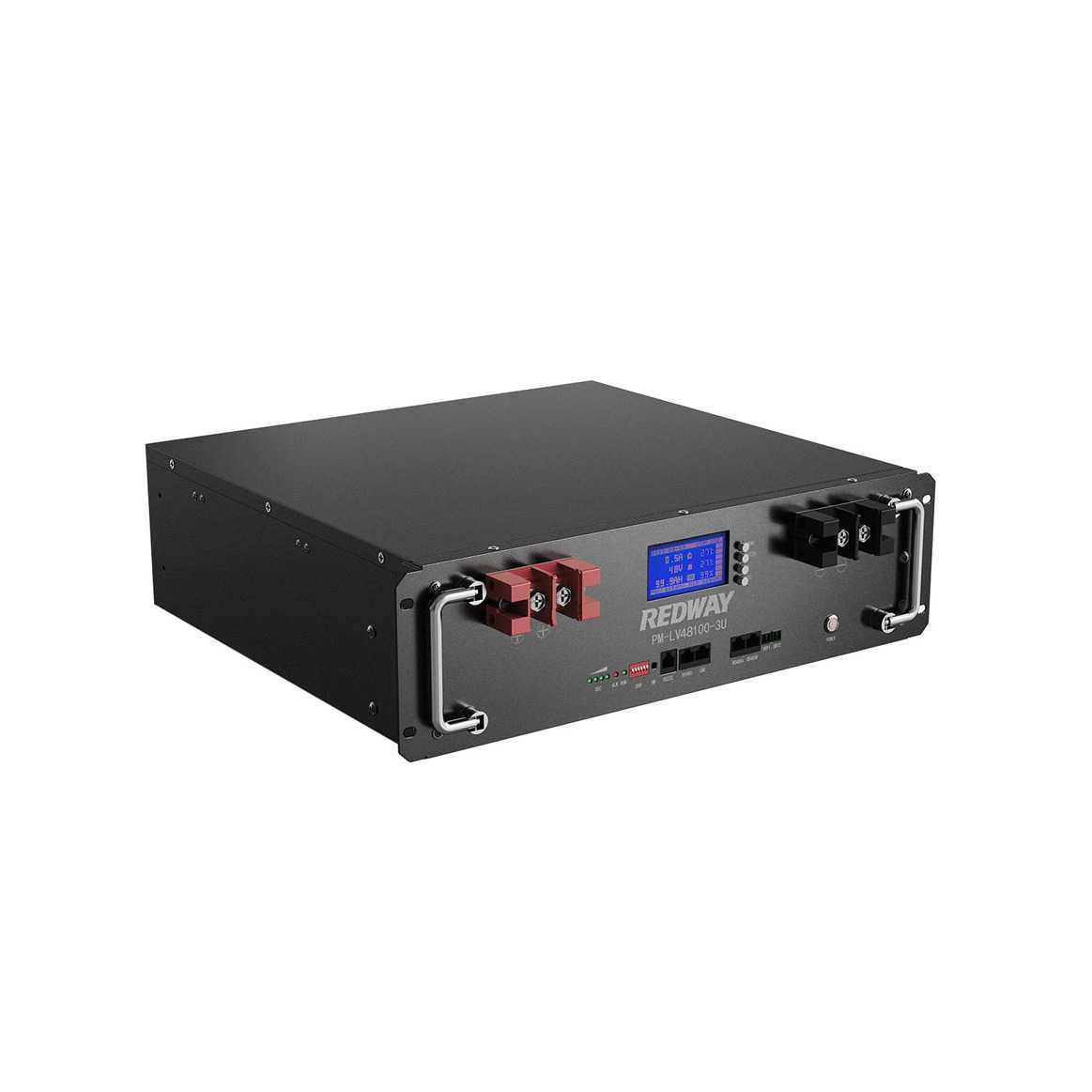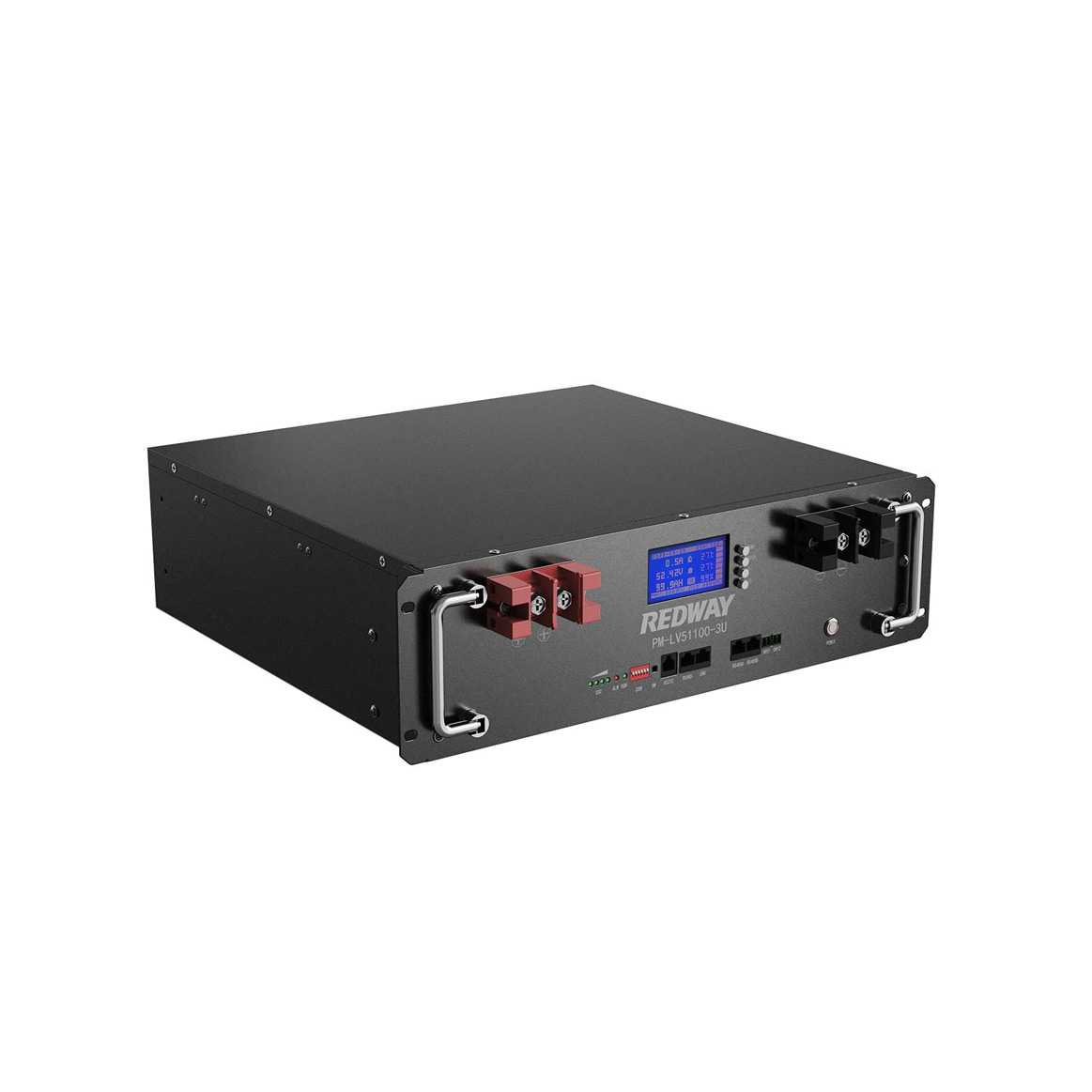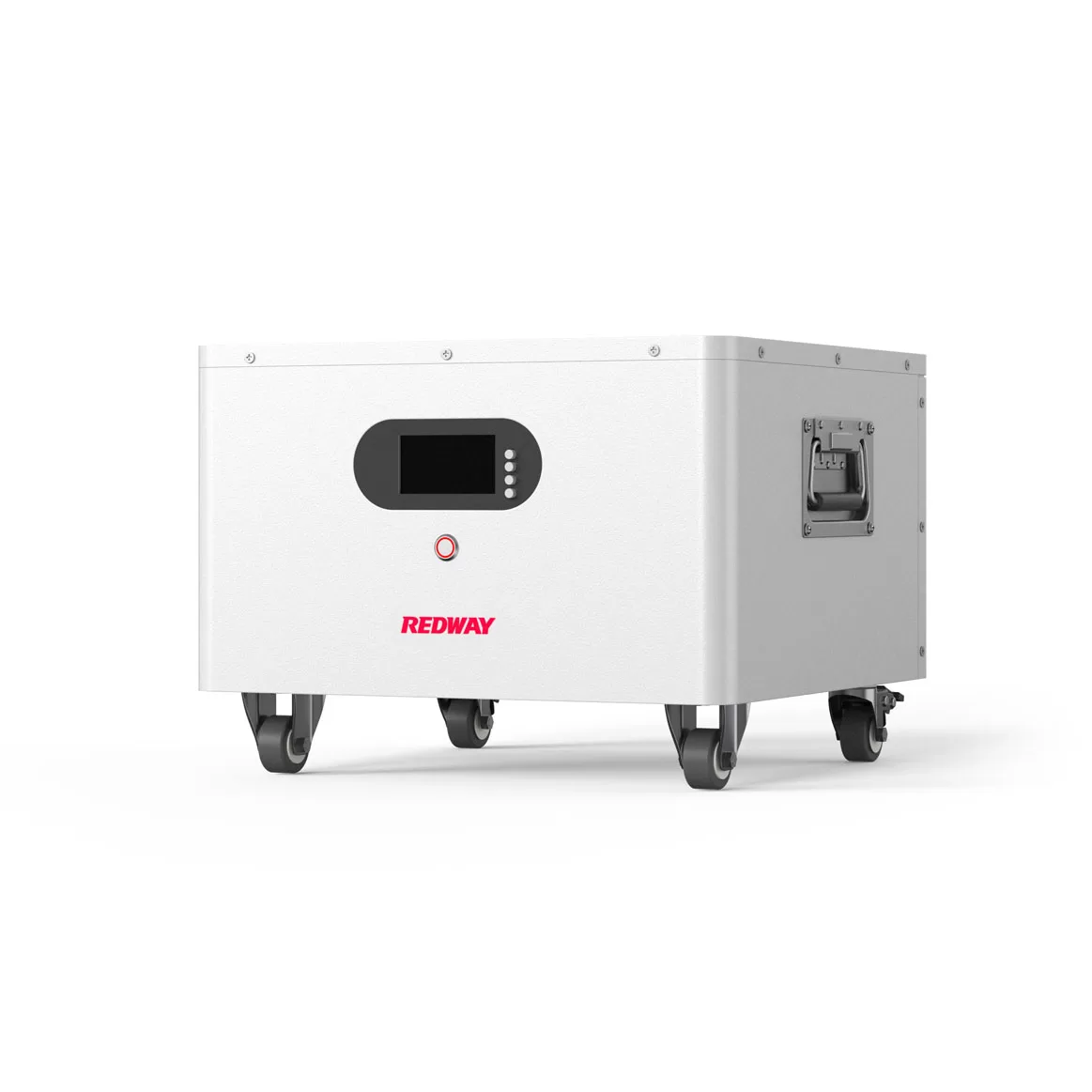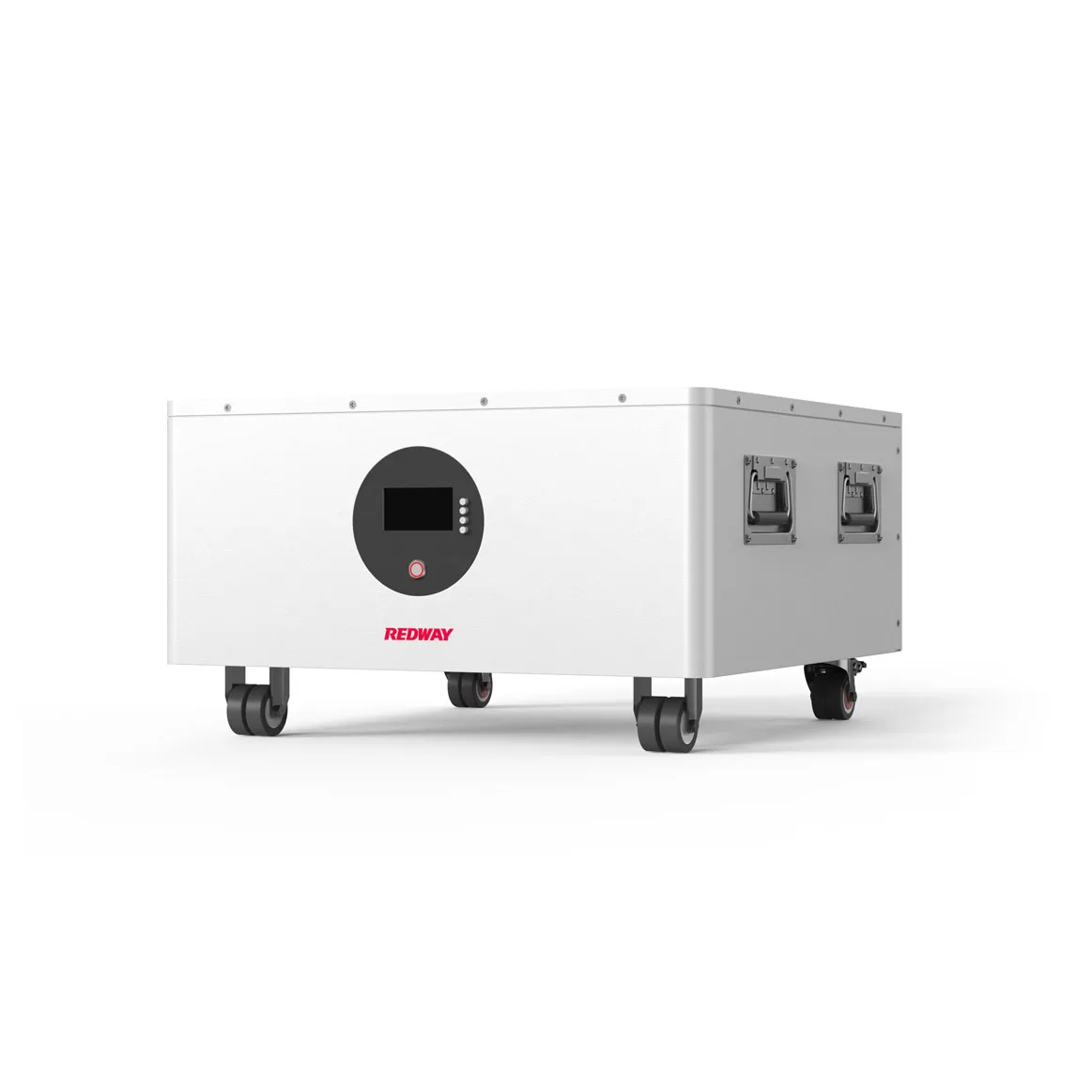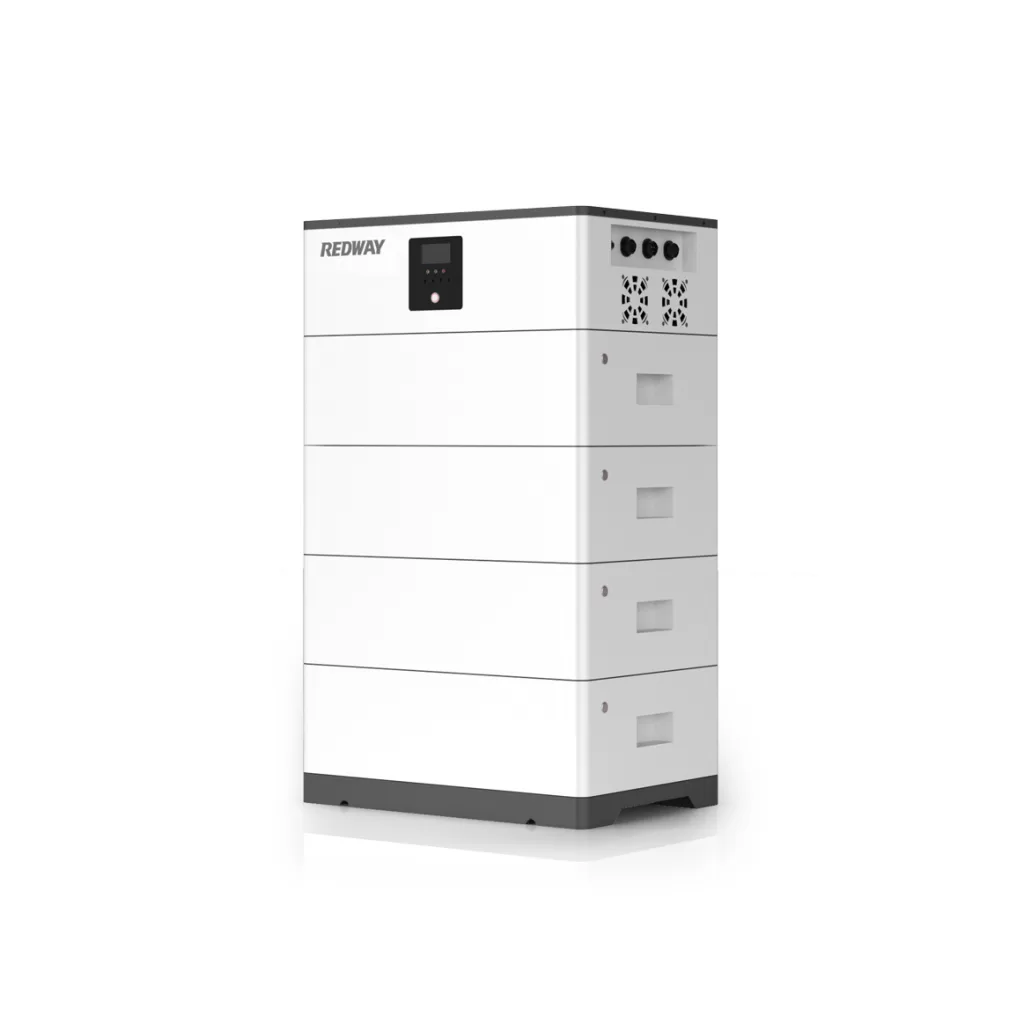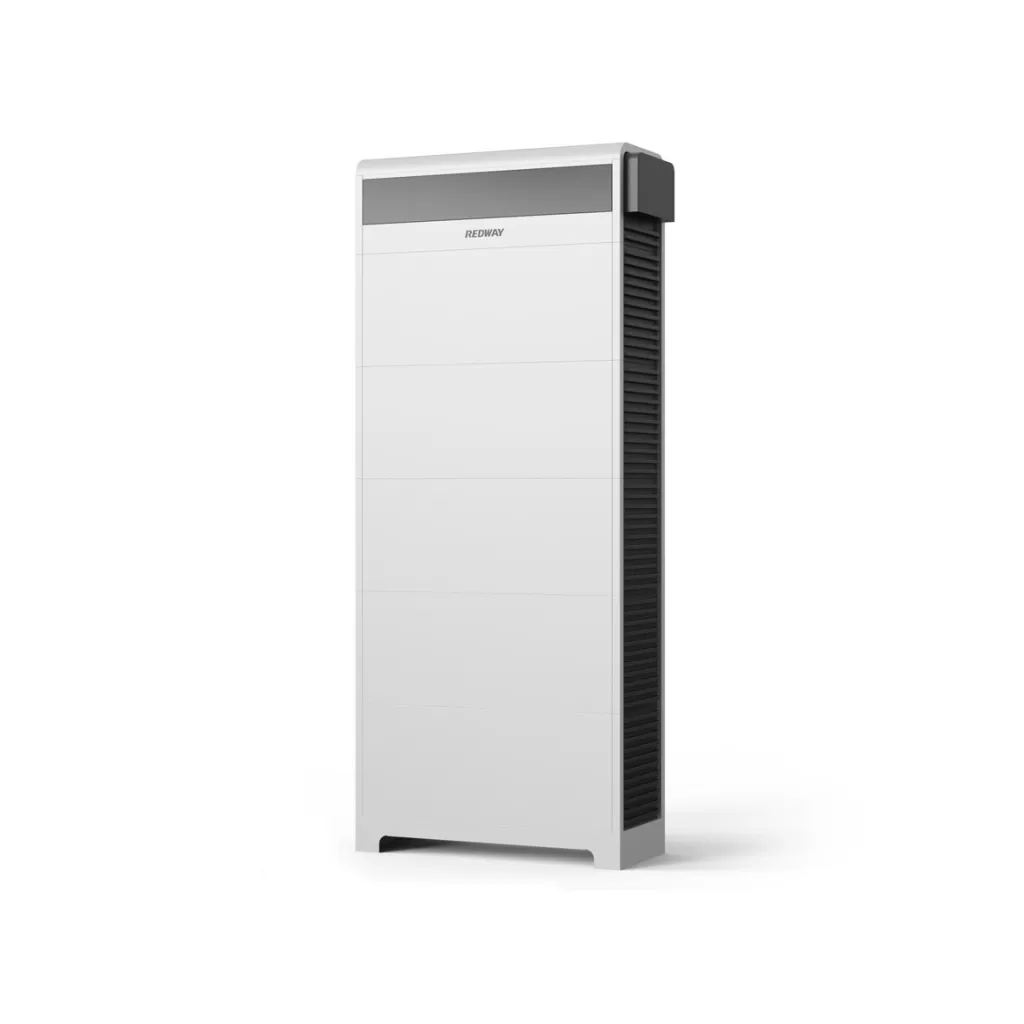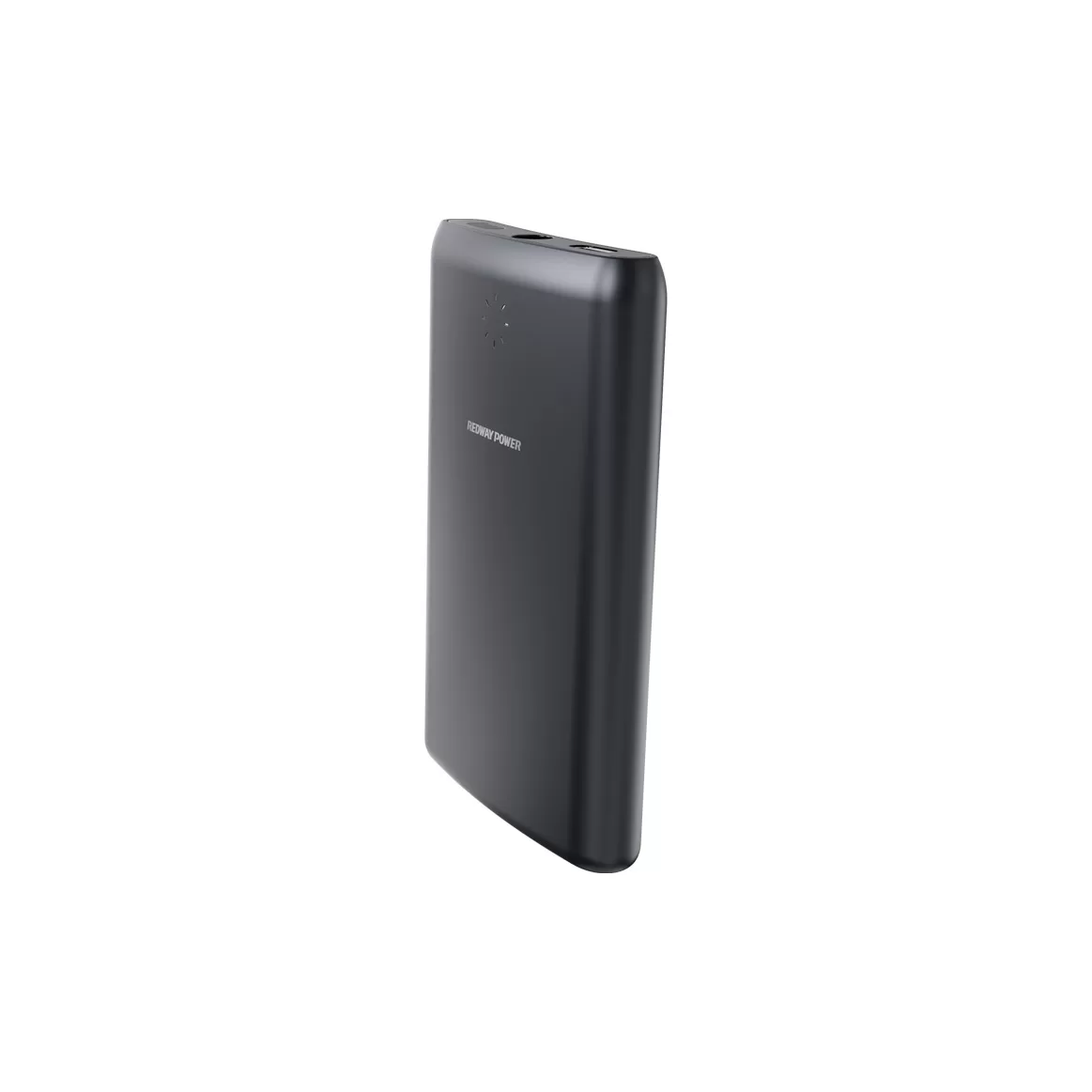¡Bienvenido al mundo de las baterías LiFePO4, donde potencia y eficiencia se encuentran en perfecta armonía! Si está buscando una solución de almacenamiento de energía confiable y duradera, no busque más. Las baterías LiFePO4 ofrecen una variedad de ventajas que las convierten en una opción popular en diversas industrias.
En esta publicación de blog, profundizaremos en las mejores prácticas para usar baterías LiFePO4, para que pueda aprovechar al máximo estas poderosas fuentes de energía. Exploraremos todo, desde técnicas de carga hasta maximizar la vida útil e incluso resaltaremos errores comunes que se deben evitar. ¡Así que sigamos adelante y descubramos los secretos detrás del uso óptimo de la batería LiFePO4!
Ventajas y desventajas de las baterías LiFePO4
Ventajas y desventajas de las baterías LiFePO4
Cuando se trata de elegir la batería adecuada para sus necesidades, es fundamental considerar las ventajas y desventajas. Las baterías LiFePO4, también conocidas como baterías de fosfato de hierro y litio, han ganado popularidad en los últimos años debido a sus características únicas.
Una de las principales ventajas de las baterías LiFePO4 es su impresionante vida útil. Estas baterías pueden durar hasta 10 veces más que las tradicionales de plomo-ácido, lo que las convierte en una opción rentable a largo plazo. Además, las baterías LiFePO4 son conocidas por su alta densidad de energía, lo que significa que pueden almacenar más energía en un paquete más pequeño.
Otra ventaja de las baterías LiFePO4 son sus características de seguridad. A diferencia de otras químicas de iones de litio, estas baterías son intrínsecamente estables y menos propensas a riesgos de explosión o fuga térmica. Esto los hace adecuados para aplicaciones donde la seguridad es primordial.
LiFePO4 también tiene un excelente rendimiento de descarga en comparación con otras químicas de baterías de iones de litio. Mantienen un voltaje constante durante la mayor parte de su ciclo de descarga, lo que permite que los dispositivos alimentados por baterías LiFePO4 funcionen a plena capacidad hasta que se descarguen casi por completo.
Sin embargo, como cualquier tecnología, existen algunas desventajas a considerar con las baterías LiFePO4. Una desventaja clave es que tienen una densidad de energía más baja en comparación con otras sustancias químicas de iones de litio, como el óxido de litio y cobalto (LiCoO2). Esto significa que, si bien almacenan energía de manera eficiente en función de las proporciones de peso y volumen en comparación con sus homólogos de plomo-ácido; Es posible que no ofrezcan el mismo nivel de compacidad o opciones de diseño liviano que algunas alternativas.
Additionally, another drawback lies in the higher initial cost associated with acquiring LiFePo4 cells upfront when comparing them against traditional lead-acid solutions or even other types within the lithium family itself: charging equipment requirements might be different along-side additional considerations related specifically towards longevity factors such as life cycles expectancy during operational use before replacement becomes necessary.
LiFePO4 batteries offer numerous advantages such as long
Best practices for charging LiFePO4 batteries
When it comes to charging LiFePO4 batteries, there are a few best practices that can help ensure their longevity and optimal performance. First and foremost, it’s important to use a charger specifically designed for LiFePO4 batteries. This will ensure that the battery is charged at the correct voltage and current levels.
Another important practice is to avoid overcharging or undercharging the battery. Overcharging can lead to thermal runaway, while undercharging can result in reduced capacity and shorter lifespan. It’s recommended to follow the manufacturer’s guidelines regarding charge termination voltage and temperature limits.
It’s also beneficial to charge LiFePO4 batteries at a moderate temperature, preferably between 0°C and 45°C. Extreme temperatures can negatively impact their performance and overall lifespan.
Additionally, it’s advisable not to interrupt the charging process once it has started. Constantly stopping and restarting the charging cycle may affect the battery’s efficiency.
Regular maintenance is crucial for keeping LiFePO4 batteries in top shape. This includes monitoring their state of charge, cleaning terminals if necessary, and storing them properly when not in use.
By following these best practices for charging LiFePO4 batteries, you can optimize their performance and extend their lifespan significantly without compromising safety or reliability!
Tips for maximizing the lifespan of LiFePO4 batteries
When it comes to maximizing the lifespan of LiFePO4 batteries, there are a few key tips to keep in mind. It’s important to avoid extreme temperatures. LiFePO4 batteries perform best within a temperature range of 15-25 degrees Celsius, so try to store and operate them within this optimal range.
Another tip is to avoid overcharging or deep discharging the battery. LiFePO4 batteries have built-in protection circuits that help prevent overcharging and excessive discharge, but it’s still best to avoid pushing them beyond their limits whenever possible.
Regularly monitoring the state of charge is also crucial for extending the lifespan of these batteries. Keeping track of how much power remains can help you plan your usage accordingly and prevent unnecessary strain on the battery.
Additionally, maintaining a consistent charging routine can be beneficial. Avoid frequent partial charges as they can contribute to capacity loss over time. Instead, aim for full charge cycles when possible.
Proper storage is essential for preserving LiFePO4 batteries when not in use. It’s recommended to store them at around 40% charge in a cool and dry place away from direct sunlight or extreme temperatures.
By following these simple tips, you can maximize the lifespan of your LiFePO4 batteries and ensure they continue performing optimally for an extended period!
Common mistakes to avoid with LiFePO4 batteries
When it comes to using LiFePO4 batteries, there are a few common mistakes that you should avoid in order to maximize their lifespan and performance. One of the biggest mistakes is overcharging or undercharging the battery. It’s important to follow the manufacturer’s recommended charging parameters and not exceed them.
Another mistake to avoid is exposing the LiFePO4 battery to extreme temperatures. High temperatures can cause degradation of the battery cells, while low temperatures can hinder its performance. It’s best to store and use these batteries within a temperature range specified by the manufacturer.
Using incompatible chargers or power sources is another pitfall to watch out for. Always ensure that you are using a charger specifically designed for LiFePO4 batteries, as other types of chargers may not provide the correct voltage or current needed for optimal charging.
Additionally, discharging your LiFePO4 battery too deeply can be detrimental to its overall health and longevity. It’s advisable not to let the battery voltage drop below a certain threshold (usually around 2.5 volts per cell) before recharging it.
Failing to regularly check and maintain your LiFePO4 battery can lead to unexpected issues down the line. Make sure you monitor its capacity, perform periodic maintenance checks, and replace any damaged components as necessary.
By avoiding these common mistakes when handling LiFePO4 batteries, you’ll be able to enhance their lifespan and get optimal performance from them in various applications such as renewable energy systems, electric vehicles, portable electronics, and more!
Applications and industries that benefit from LiFePO4 batteries
Applications and industries that benefit from LiFePO4 batteries
LiFePO4 batteries have gained popularity in various applications and industries due to their unique advantages. Here are some of the key areas where these batteries have proven to be highly beneficial.
1. Renewable Energy Storage: LiFePO4 batteries are widely used for storing energy generated from renewable sources such as solar panels and wind turbines. They can efficiently store excess energy during periods of low demand and release it when needed, ensuring a stable power supply.
2. Vehículos eléctricos (EV): La industria automotriz ha reconocido el potencial de las baterías LiFePO4 para vehículos eléctricos. Estas baterías proporcionan una alta densidad de energía, un ciclo de vida prolongado y características de seguridad mejoradas en comparación con las baterías tradicionales de iones de litio, lo que las convierte en una opción ideal para los fabricantes de vehículos eléctricos.
3. Aplicaciones marinas: desde embarcaciones de recreo hasta embarcaciones comerciales de gran escala, las baterías LiFePO4 ofrecen soluciones confiables de almacenamiento de energía en cuerpos de agua. Su capacidad para soportar entornos marinos hostiles, su vida útil más larga y su diseño liviano los hacen adecuados para alimentar sistemas de propulsión, iluminación, equipos de navegación y más.
4. Sistemas UPS: Los sistemas de suministro de energía ininterrumpida (UPS) desempeñan un papel crucial al proporcionar energía de respaldo durante cortes o fluctuaciones de los servicios públicos. Las baterías LiFePO4 se prefieren cada vez más a otras químicas de baterías debido a su rendimiento superior en términos de retención de capacidad, capacidades de carga rápida y vida útil prolongada.
5. Infraestructura de telecomunicaciones: las redes de telecomunicaciones requieren un suministro de energía ininterrumpida para servicios de comunicación fluidos. Con su rendimiento cíclico excepcional y su confiabilidad incluso en temperaturas extremas o ubicaciones remotas, las baterías LiFePO4 se han convertido en la opción preferida de las empresas de telecomunicaciones de todo el mundo.
6. Soluciones fuera de la red: en áreas remotas donde el acceso a la red eléctrica es limitado o poco confiable, las soluciones fuera de la red alimentadas por baterías LiFePO4 resultan invaluables. Estos incluyen sistemas solares independientes para proyectos de electrificación rural o bancos de energía portátiles para entusiastas del camping que buscan alternativas energéticas sostenibles.
La versatilidad y las numerosas ventajas de las baterías LiFePO4 las han convertido en la opción preferida

